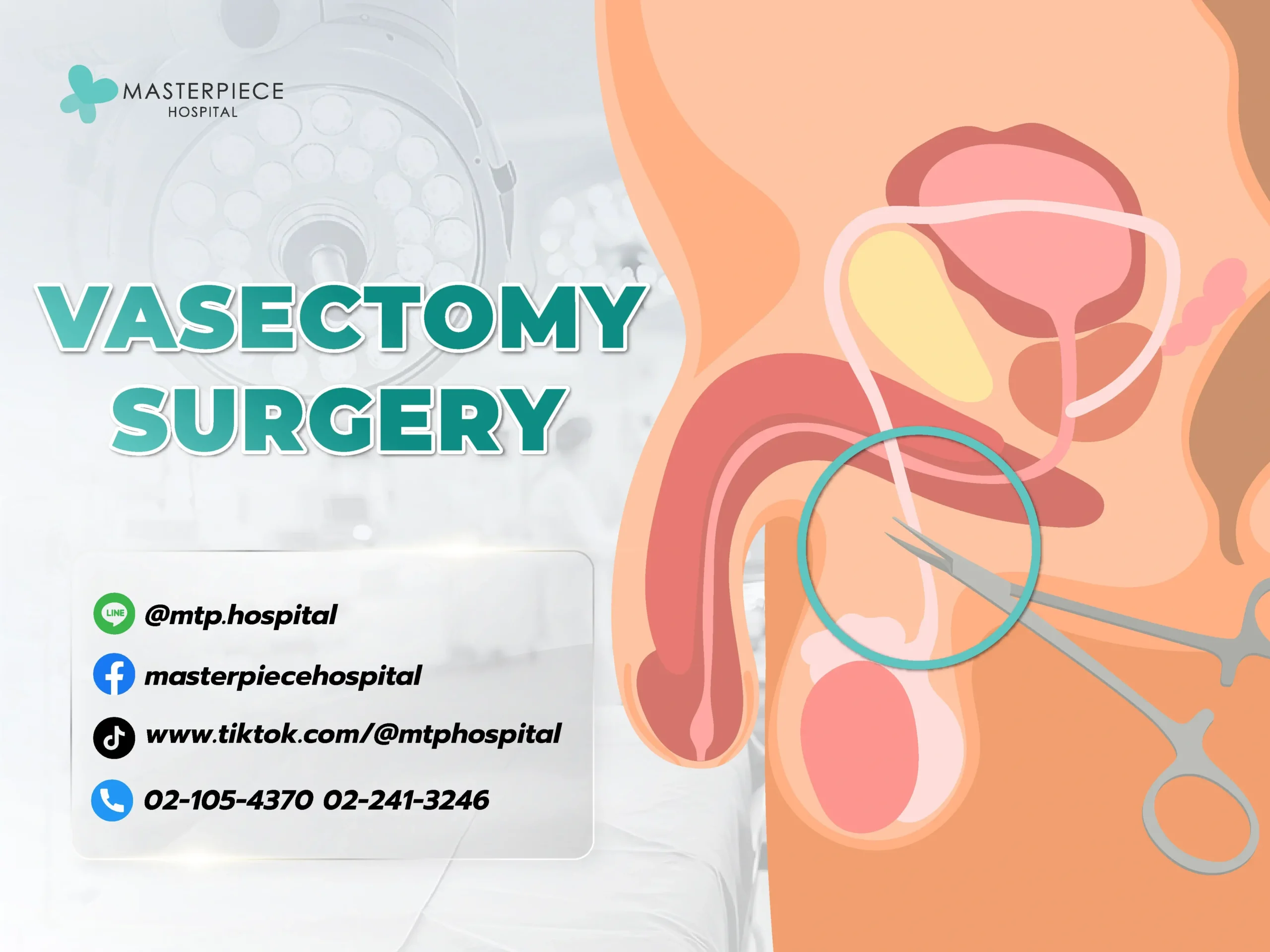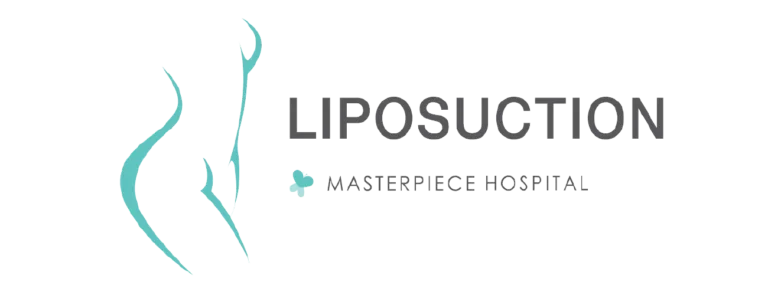Vasectomy
Vasectomy involves tying and cutting the vas deferens, typically done under local anesthesia. The procedure takes 15-30 minutes. Before the surgery, the doctor will discuss and ask questions to ensure that the person undergoing the procedure no longer desires to have children. While it is possible to reverse the vasectomy in the future, the reversal procedure is complex, expensive, and may not be as successful as expected.
Who is a Vasectomy suitable for?
A vasectomy is suitable for individuals who already have enough children, typically recommended for those with at least two children. It is also appropriate for those who do not wish to have more children and don’t want to rely on temporary contraception methods. However, there are some limitations. The person undergoing the procedure must be in good health, without any abnormal bleeding disorders or blood clotting issues. Additionally, they should not have any sexually transmitted infections or infections in the scrotal area during the surgery.
Benefits of Vasectomy
- Simple procedure.
- Quick and does not take much time.
- Safe.
- Only local anesthesia is required.
- No need for hospitalization.
- Lower cost compared to female sterilization.
- Low risk of complications or side effects.
- One of the most effective contraceptive methods available today.
Pre-Surgery Preparation
If there are no contraindications, you can undergo the vasectomy without any special preparation.
Vasectomy steps
- Clean and prepare the scrotal area for the incision.
- The doctor will inject local anesthesia near the vas deferens, which is located just above the testicles.
- Once the anesthesia takes effect, a small incision is made in the scrotum to access the vas deferens. A small portion of the tube, about 1 centimeter, is cut and the ends are tied off to seal them before taking the tube back into the skin.
- The same process is repeated on the other side without making an additional incision.
- After completion, the doctor will close the incision with a small adhesive plaster and the patient can go home. Since the vasectomy involves only a small wound, hospitalization is not required and it does not affect sexual performance.
- The entire procedure takes about 30 minutes.
Post-Surgery Precautions
- Avoid running, cycling, or riding a motorcycle for 1-3 days.
- Keep the wound dry and avoid water exposure for 3 days.
- Refrain from sexual activity for 1 week and use condoms or other contraceptive methods as additional protection.
Post-Vasectomy Guidelines
- After a vasectomy, other contraceptive methods should be used, such as wearing condoms, until sperm is no longer detected in the semen.
- Typically, after the procedure, it may take 10-25 ejaculations or at least 1 month for sperm to be fully cleared from the system.
Risks and Potential Complications
- Bleeding or hematoma (blood accumulation) in the scrotum.
- Infection at the surgical site, which the doctor will prevent by prescribing antibiotics.
- Chronic pain, testicular swelling, bleeding, or pain during ejaculation.
If any of these symptoms occur, it is important to see a doctor immediately.
FAQ about Vasectomy
You can consult about vasectomy at the Men’s Health Department of Masterpiece Hospital, where experienced doctors provide services using modern tools and techniques, meeting hospital standards.
















